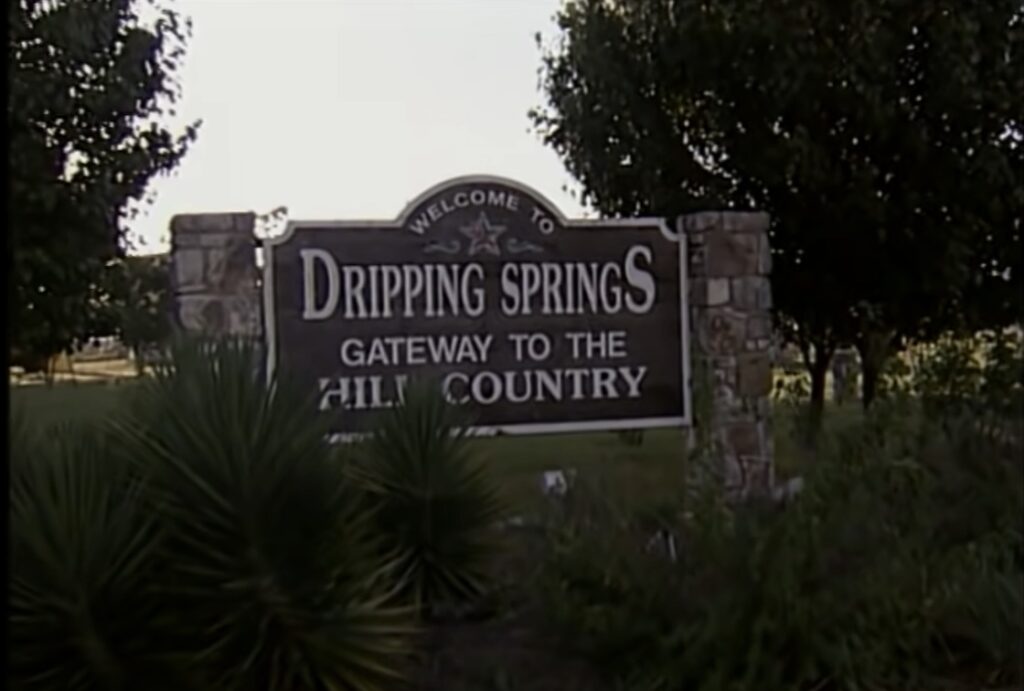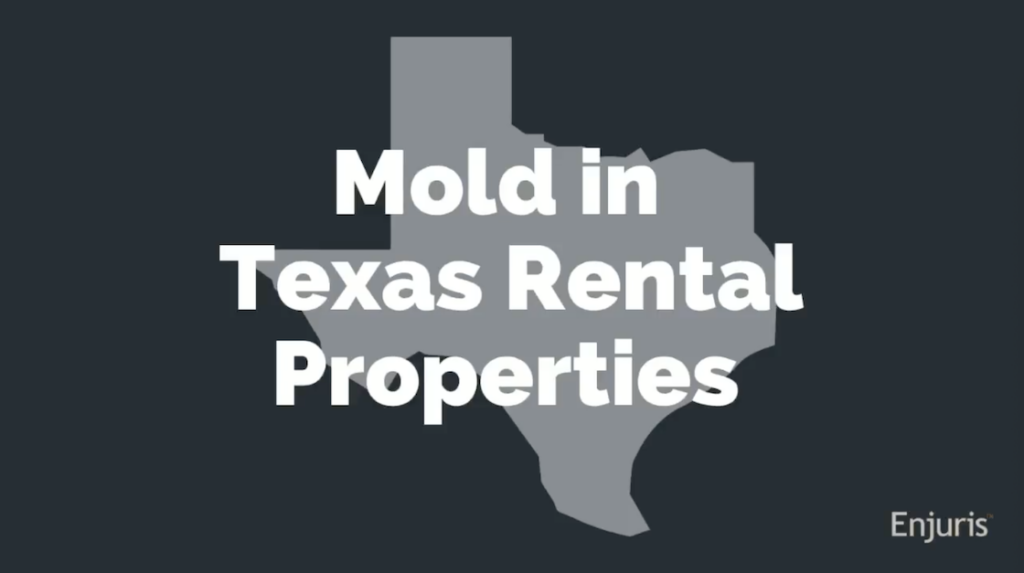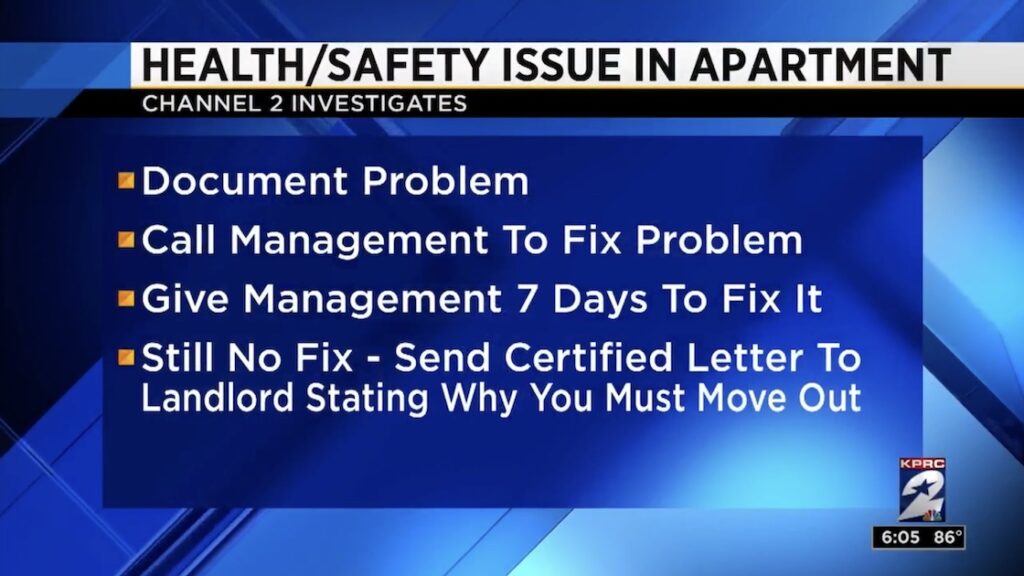Howdy! Considering calling Texas home now or in the near future?
Here are 10 need-to-know facts about mold and mildew in the Lone Star state.
1. Parts of Texas are primed for mold growth
Parts of Texas are so humid that the covers of paperback books on display in stores pucker and curl over time. It’s an odd but fitting sight for a state that is so hot, sunny and humid almost all year round.
The eastern and coastal parts of Texas are particularly mold-friendly, but like every other state and city in America, Texas has its fair share of mold growth.
To prevent it from impacting your life and health, keeping your home and vehicles free of excess moisture should be at the top of your list.
2. Texas is commonly believed to be “the moldiest state in the U.S.,” but that claim is likely inaccurate.
Texas tops most lists on the internet of the “moldiest states in America.” That’s close, but probably not entirely accurate.
The data source that all of these lists go back to is a hazard-ranking model developed by an insurance broker, American Risk Management Resources.
To develop their list, ARMR looked at and compared mold losses on insurance claims, premiums paid on property, and liability coverage in each of the 50 states.

3. More accurately, Texas is probably the 3rd moldiest U.S. state, or the 3rd worst state to live if in you’re mold sensitive
In July 2020, licensed mold assessor Brad Fishbein placed Texas as the 3rd moldiest state in America, after Florida in 1st place, and Louisiana in 2nd.
Fishbein used his knowledge of mold growth and remediation and considered the climate, precipitation, humidity, water damage claims, and building design to produce his list.
In April 2022, the Mold Blogger likewise placed Texas as the 3rd worst state to live in, specifically “if you’re sensitive to mold.” The Mold Blogger’s list looked at mold from a different data point: medical reports from patients suffering from allergies.
The cities of Dallas, TX and San Antonio, TX made their top 10 list in 1st and 10th place respectively.
(More on this ranking system can be found here, “The Top 10 Worst Places to Live if You Have a Mold Allergy,” from August 22, 2018.)
4. Texas was home to one of the most publicized and infamous cases of toxic black mold exposure on record.
In 1999, Melinda Ballard (1958-2013) sued Farmers Insurance Group of Companies over mold damage in her 22-room, 12,000-square-foot family mansion in Dripping Springs, TX, after their three-year-old son developed a respiratory illness.
Ballard coincidentally took a Southwest Airlines flight on which she was seated next to air quality expert Bill Holder. Mid-flight, when she began coughing up blood, Holder asked if there was a leak in her house and suggested that her health issues could be stemming from toxic black mold.
Stacybotrys was subsequently found “literally everywhere” in the home.
In June 2001, Ballard and her husband Ron Allison (who had developed signs of Alzheimer’s) were awarded $32 million in a lawsuit against Farmers Insurance: $6.2M for actual damages, $12M in punitive damages, $5M for mental anguish, and $8.9M for legal fees.
In November 2002, Ballard sued Farmers (and a paid spokesperson) again for libel after they accused her of insurance fraud. Farmers issued a press release critical of Ballard and the presiding judge, “Farmers Insurance Responds to Melinda Ballard’s Allegations.”
In December 2002, that $32 million award, which was the largest award ever for a mold case, was reduced on appeal to $4 million. Ballard said the reduced judgment failed to cover actual damages, which totaled nearly $7 million.
Ballard’s case against the insurer began as a single claim over water damage to a hardwood floor but evolved to include mold contamination of all buildings on the property.

Ballard’s battle with both toxic black mold and the insurance company were covered in season 7, episode 38 of Medical Detectives Forensic Files, Breaking the Mold.
The home, a replica of Tara, the Gone With the Wind mansion, was demolished in 2004.
Ballard told the Houston Chronicle that she spent more than $1 million to have the house “chlorinated and bulldozed.”
“It was falling apart and I didn’t want any of the neighborhood kids to get hurt,” she said.
5. Wait, So what does this all actually mean: How bad is the mold in Texas?!
While some people who are particularly mold-sensitive definitely go out of their way to avoid living in Texas (and other coastal states like Florida, Louisiana, and California), for the majority of the population, mold is no greater of a concern in Texas than it is elsewhere.
That’s not to say that preventing mold in Texas (or elsewhere for that matter) is a guarantee or that it requires no work, but merely that, just as in all other U.S. states, you can avoid most mold problems by ensuring your home, office, and vehicles stay dry.
Is that easier said that done? Absolutely. But, barring natural disasters, the majority of Texas’s citizens probably encounter very few mold-related problems in their day-to-day life.
Practical mold tips for new Texas residents:
- If you plan to move into an apartment complex, check review websites for references to mold in that complex (Yelp and Google).
- If you plan to buy a house, get a pre-purchase mold inspection professionally done.
- If you plan to buy a new home in Texas, have a pre-purchase mold inspection done professionally.
- With current market conditions, you may feel like focusing on getting an offer in and accepted at any house you can, but if mold is a concern, a pre-purchase mold inspection should be considered a must.
- Consider having professional mold inspections done after any natural disaster, or any major leak or water intrusion in a home.
- If you’re new to living in cities that reach below-zero (32°F, 0°C), be sure you know what to do to prepare your leased or owned home for freezing and subfreezing temperatures. (Read and follow this simple guide from the Austin-American Statesman to avoid potentially having pipes burst and flood parts of your home in cold weather.)
6. Texas requires its mold testers, mold labs, and mold remediators to be state-licensed
Any person or company that provides mold testing or mold remediation in the state of Texas is required to pass a state exam and be currently licensed by the Department of State Health Services (DSHS).
State-licensed mold professionals will have a current-issue photo ID card with their license number on it.
To verify that a mold professional is licensed in the state of Texas, visit this link [or its home page, https://vo.licensing.tdlr.texas.gov/datamart/login.do]
According to the Attorney General of Texas, “A person [mold professional] may hold licenses, but may not do both jobs [mold assessment, and mold remediation] on the same project. In addition, a person may not own an interest in both firms that do the assessment and the remediation on the same project.”
7. Texas mold professionals are legally prohibited from providing both mold testing and mold remediation services to the same client/on the same project.
When the same person or company is doing both the remediation of mold as well as the after-the-fact testing on whether mold remediation was properly done, conflicts of interest as well as poor, improper, or dishonest workmanship could occur.
Texas is one of the few states with laws to prevent this and requires that mold remediation and mold testing are done by separate entities.
- This applies to testing that detects levels of mold that would warrant mold remediation. (Company A tells you you have mold; Company A tells you they can remediate/remove that mold for you.)
- This applies to post-remediation testing done to ensure that the mold was, in fact, properly remediated.
8. In certain cases, withholding rent over mold may be an option in Texas…
A 2017 article by the Enjuris Editor states that “Texas courts have recognized two self-help strategies for tenants after a mold outbreak on a rental property:
- “Rent withholding: The tenant stops paying rent and claims the mold makes the dwelling unlivable. Landlords in Texas must abide by the “implied warranty of habitability.” This legal doctrine requires the landlord to provide a property in a livable condition. This means that the apartment cannot affect the “physical health or safety” of the tenant.
- “Repair and deduct: The tenant can elect to do the mold cleanup on her own and deduct the cost from her rent.”
“See the Texas Tenants’ Rights Handbook for more information on both strategies.” These options are discussed in depth here.

9. …but it can be ‘very tricky’ to do so legally.
“You can of course be evicted for withholding rent. It’s very tricky in Texas to do that [withhold rent] and essentially do it legally.
“So instead, here is the process: [1] You document the problem, [2] You call management to fix the problem, [3] You give them seven days to do that and if there’s still no fix, you [4] Send them a certified letter that you’re going to move out.
“Now that doesn’t always protect you, but it is, in many cases, a better way to go than just simply withholding rent, even if you think you’re in the right and it’s a health and safety issue.” – KPRC news, Chanel 2, April 5, 2018

10. Some Texas lawyer websites have published advice to contact the media over mold concerns in a rental property
Another avenue occasionally suggested for addressing mold concerns in a rental apartment is to contact local media to bring attention to the issue.
You may wish to do so only if you feel you aren’t getting anywhere (or getting there fast enough) after bringing the conditions of your leased home/apartment to property management.
If you believe that the mold in your leased home or apartment is so bad as to warrant possibly filing a lawsuit, a team of lawyers have tips for tenants that they shared after winning a $600,000 mold lawsuit (albeit in Alabama, not Texas).


